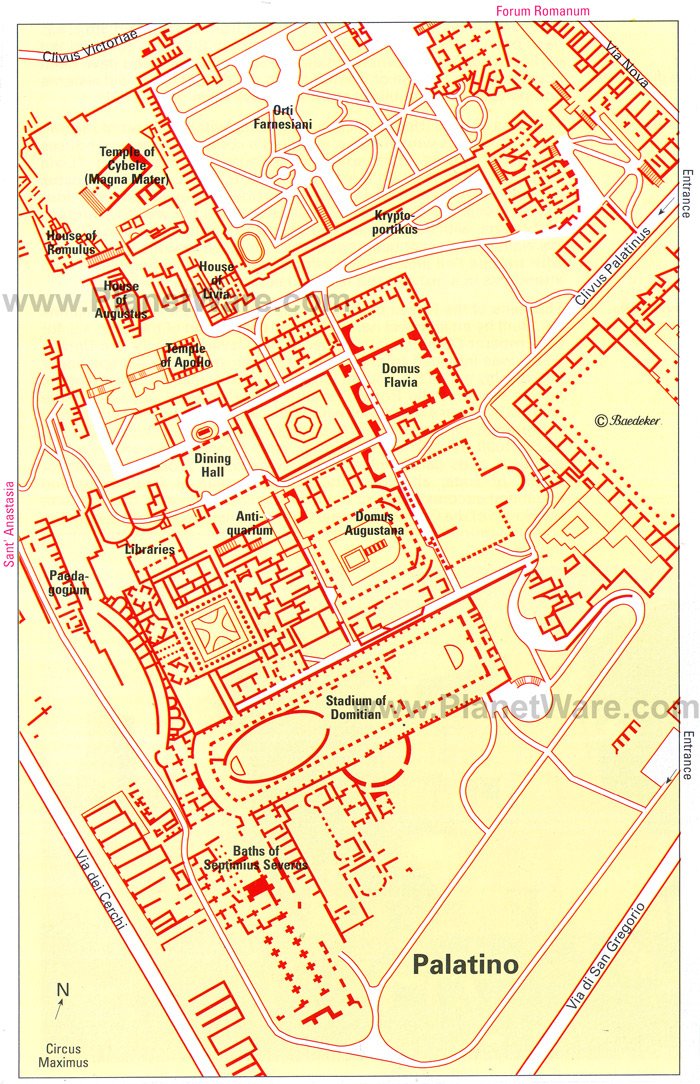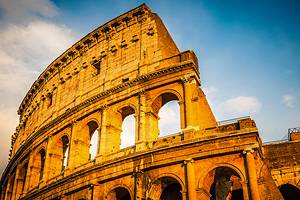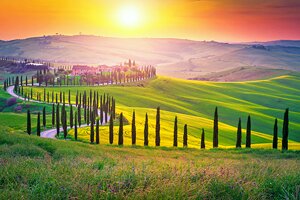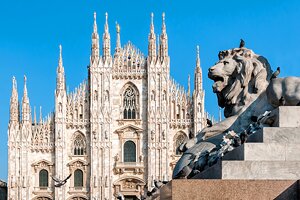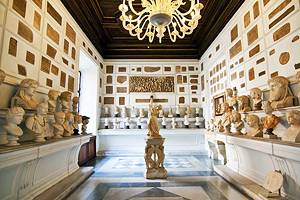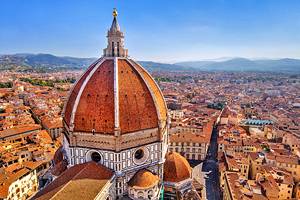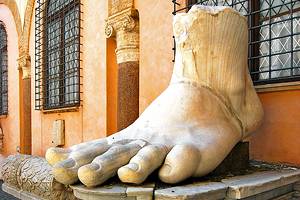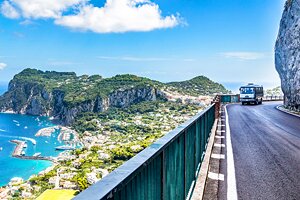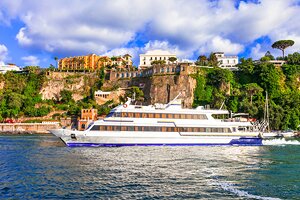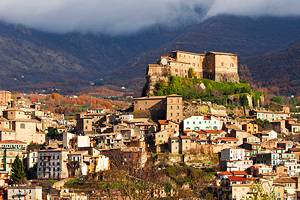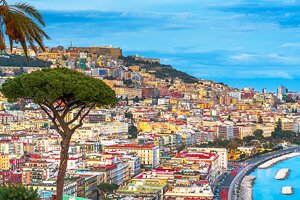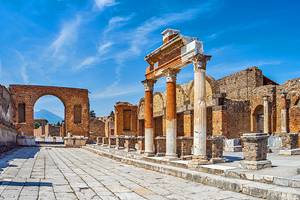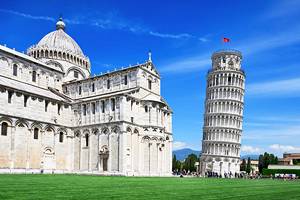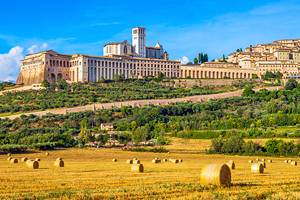Visiting Palatine Hill, Rome: Attractions
Rome's earliest known inhabitants lived on this hill above the Tiber many centuries before Roman rulers and aristocrats built their grand palaces here. Those palaces, temples, and public buildings reached their height of splendor in the reign of Domitian, and most of what you see when you visit Palentine Hill today is from that era. But each generation altered and rebuilt, so it is now hard to disentangle the different periods of construction.
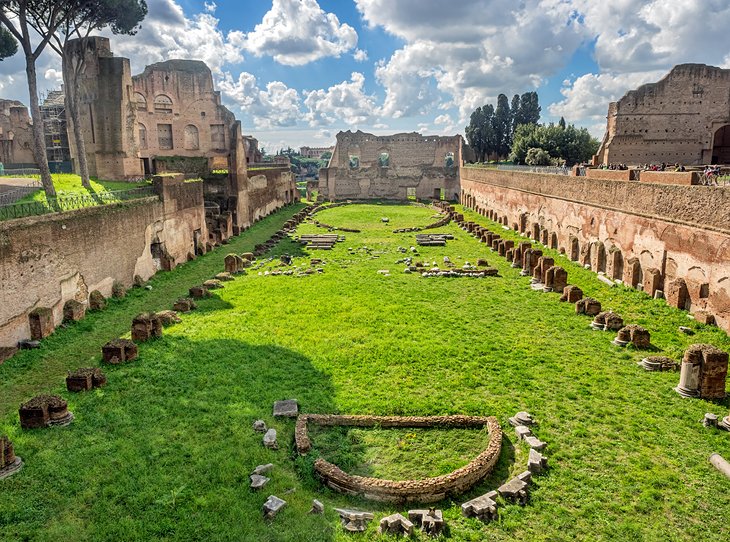
During the Middle Ages, the splendors of the Palatine fell into ruin as convents and churches-the oratory of Caesarius, Santa Anastasia, Santa Lucia, San Sebastiano-were built over the remains of older buildings, and the noble Frangipani family used them, along with the Colosseum and Arch of Constantine, to create a fortified stronghold.
The alluring combination of some of Rome's most imposing remains, framed by trees, with views over the Colosseum, Circus Maximus, and other Roman landmarks makes this a popular tourist attraction, especially for those tired of the crowds below. When you walk through the still-impressive ruins of these palaces, temples, and public buildings constructed under Augustus and his successors, you are walking through the history of the Roman Empire.
- House of Livia
- Cryptoporticus
- Domus Augustana
- Domus Flavia
- Stadium of Domitian
- Baths of Septimius Severus
- Palatine Museum
- Farnese Gardens
- Tips and Tactics: How to Make the Most of Your Visit to the Palatine Hill
- Nearby Attractions
- Restaurants and Cafés Nearby
- Shopping Nearby
- Map of Palatine Hill, Rome: Top Attractions
House of Livia
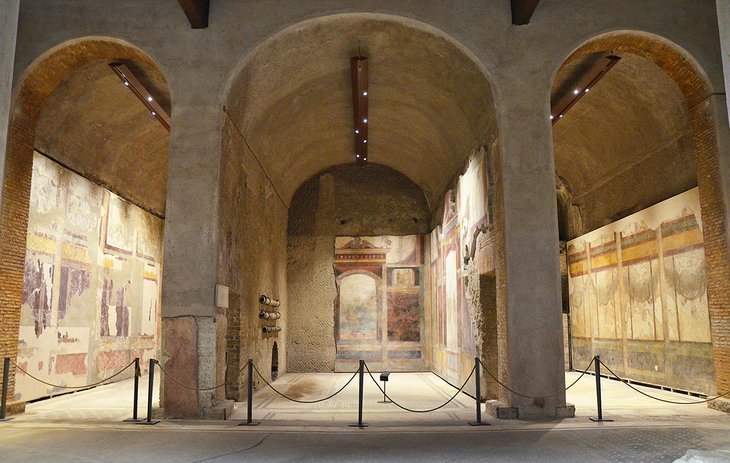
The House of Augustus' wife, Livia, was part of the palace of Augustus and is held to be hers because of the inscription "Livia Augusta" found on a lead pipe in one of the rooms. But Augustus himself may have lived in these apartments.
However simple the external buildings were, in keeping with the unpretentiousness of the first emperor, the interior reveals the comfortable lifestyle of the Romans at the time of Christ. The atrium and four rooms show that central heating flowed through ceramic pipes in the walls, and the rooms were decorated with elegant paintings in the Pompeian style, from about 25 BC. These paintings have been moved to a dedicated room at the National Museum of Rome in Palazzo Massimo.
Cryptoporticus
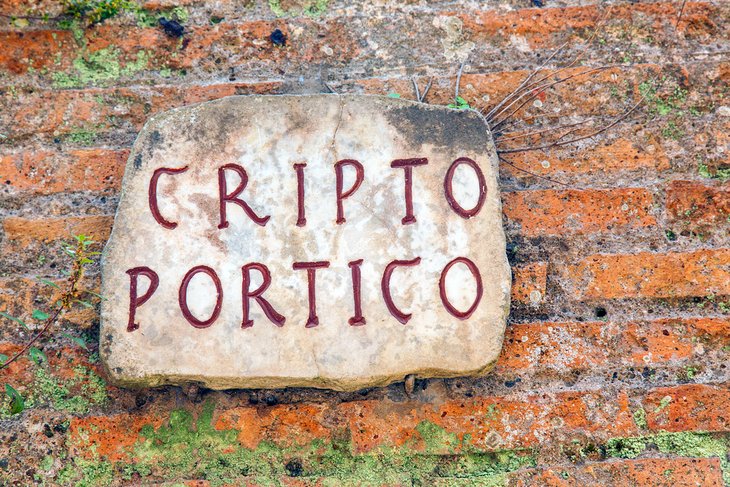
North of the House of Livia are the remains of the Cryptoporticus, a semi-subterranean, barrel-vaulted corridor of about 130 meters that linked together the various Imperial palaces, including those of Tiberius, Livia, and the Flavians.
Such covered corridors, similar to the arcaded streets of Italian cities such as Bologna, are characteristic of ancient Roman towns. Tradition has it that the Emperor Caligula was murdered by conspirators in this corridor in AD 41.
Domus Augustana

The House of Augustus was at first the residence of successive emperors but later, and into Byzantine times, it served as both residence and offices for high dignitaries of the empire. Excavations continue on the three-story building, built in the time of the Emperor Domitian and among the most impressive sights of the Palatine.
Floor mosaics in the courtyard and several rooms have been uncovered, and conservation efforts are bringing extensive wall paintings back to life. Here, more than any other place in the Palatine, you'll get a sense of what life was like for these privileged Romans. Along with the later Domus Flavia, the Domus Augustana is part of the vast Palace of Domitian.
Domus Flavia
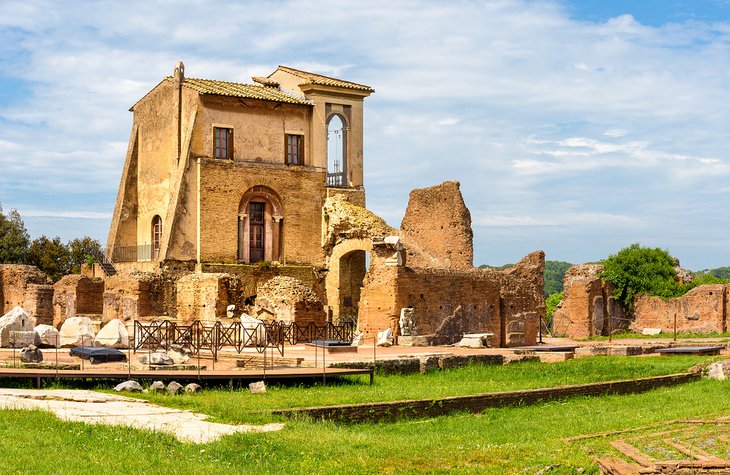
Built at the end of the first century for the Emperor Domitian, the Palace of the Flavians was designed to provide a setting for the increased splendor and display that the Roman emperors now demanded.
Really an addition to the Domus Augustana (the name Domus Flavia is a modern designation to differentiate between the two areas), the new section was designed as a place for the emperor and officials to carry on public business, leaving the previous palace for private living space.
Around its large, pillared courtyard (peristyle) are the spacious dining-room (triclinium); the throne room (aula regia); a rectangular hall, 30 meters long with an apse at one end; the shrine of the domestic gods (lararium); and a basilica, which probably served as a law court. The effect of the grand halls and rooms opulently decorated in colored marble must have been overwhelming to those doing business with the emperor, which was just what this show of power intended.
Writers of the era lavished praise on the gardens, and the large peristyle was the site of one, with a fountain in the form of a labyrinth. Today an elliptical nymphaeum remains, along with intact colored marble floor around it. The fountains were fed by a new section of aqueduct built especially for the palace.
Stadium of Domitian
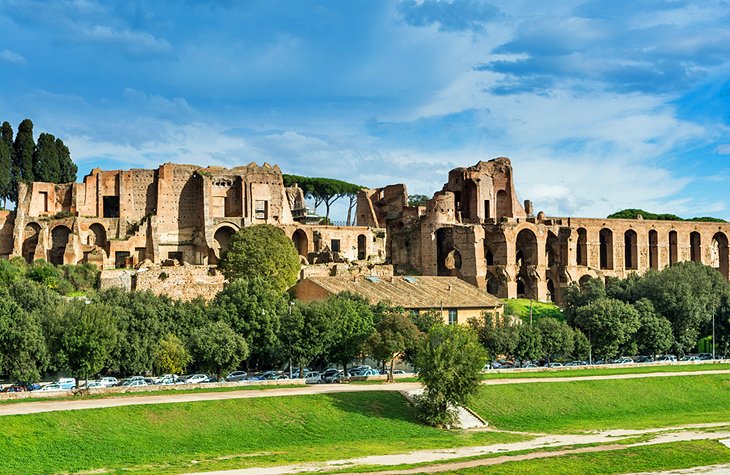
Among the main buildings erected by Domitian on the Palatine between AD 81 and 96 was his stadium, a running track 160 meters long and 47 meters wide. It is not known whether the public viewed the contests and displays here or whether it was reserved for the entertainment of the emperor and his personal guests; in fact, it is not even certain that it was actually used for sporting contests at all.
It may have simply been a garden designed in the form of a stadium. According to tradition, St. Sebastian was martyred here at the order of the Emperor Diocletian, in whose army he served.
Baths of Septimius Severus
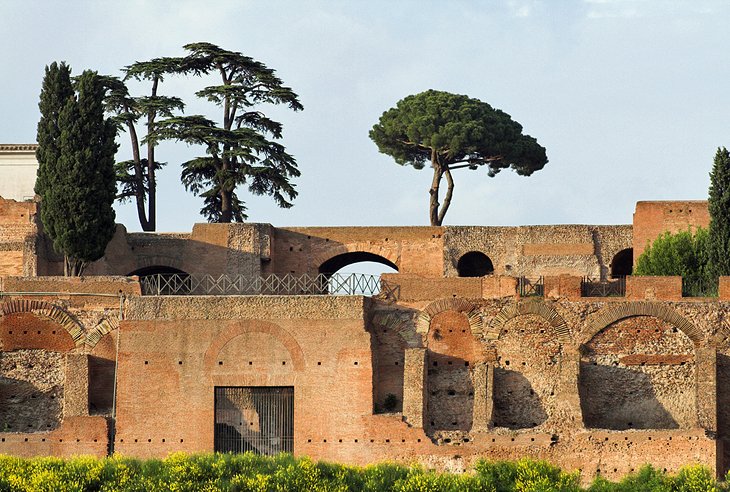
The remains of these baths are the most imposing ruins on the Palatine, their piers and arches supported on massive substructures, which have survived through the centuries. You can still see remains of the central heating system in some of the rooms and corridors.
From the nearby terrace is a beautiful view, especially as the sun sets across the Colosseum and the Baths of Caracalla. On the low ground below it is the Circus Maximus, a huge structure, which could accommodate 300,000 spectators.
Some later palaces were built with terraces extending from the crest of the hill on posts so the emperors and their guests could watch races and games below in the Circus Maximus.
Palatine Museum

In the museum, you can see marble sculptures and reliefs, including statues, capitals, stone slabs, and architectural details from the imperial palaces, along with other finds from the area. These were recovered in excavations that began in the 1800s, and range from small pottery pieces and lamps to larger-than-life classical sculptures.
There are also frescoes and other decorations from the palaces and temples, and a famous bit of ancient anti-Christian graffito showing a crucifix with a donkey's head. Exhibits are well identified and labeled in English, as well as Italian. They change as more artifacts are discovered in the continuing excavations.
Farnese Gardens
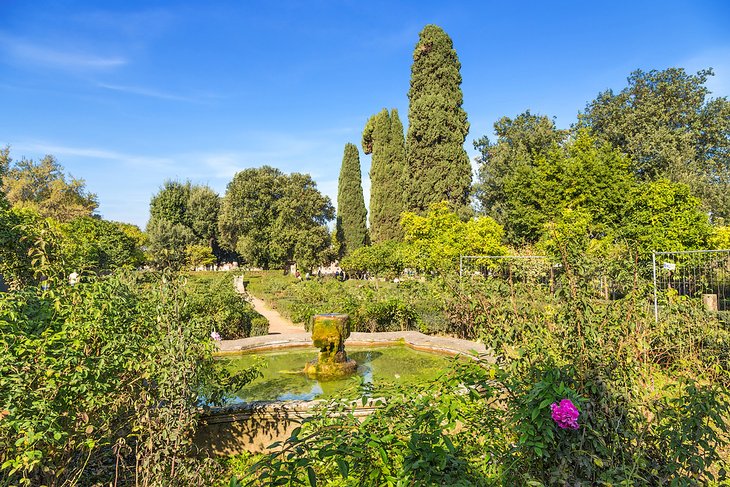
Step out of ancient Rome and into the Renaissance in the Farnese Gardens, dropping in manicured terraces that overlook the Basilica of Maxensius and the Arch of Titus in the Forum. Long after the Palatine palaces had fallen into ruin, the 16th-century Cardinal Alessandro Farnese turned a portion of the hill into the Farnese Gardens, incorporating the ruins into a tree-shaded park of terraces, lawns, flowerbeds, pavilions, and fountains for social occasions.
Demonstrating the wealth and power of the Farnese family, the extravagant gardens were the first private botanical garden in Europe. But by the 18th century, they had fallen into disrepair, providing a romantic overgrown ruin that was the delight of 19th-century travelers on the Grand Tour.
More recently, large portions of the gardens have been restored, and are a lovely – and shady – place to stroll, especially the rose gardens.
Tips and Tactics: How to Make the Most of Your Visit to the Palatine Hill
- Tickets: Palatine Hill is grouped with the Colosseum and Forum under one inclusive two-day ticket. You cannot re-enter any of these on the same ticket, and unfortunately, the Forum and Palatine are considered one, so you need to go directly between them without leaving the grounds. Access to the House of Augustus and House of Livia requires an additional fee.
- What to Wear: Wear good walking shoes. The hill and Farnese Gardens cover a large area with uneven stones and pathways. Be sure to carry plenty to drink. You can picnic here, under the shady trees, with views over Rome.
- Getting to Palatine Hill: The Rome Metro Linea B, the Blue Line, stops at the Colosseum, and a number of bus lines from all over Rome stop at Piazza Venezia. All the hop-on-hop-off sightseeing buses stop here as well.
- Tours of Palatine Hill: Because there is so much to see and such a long history to absorb, a guided skip-the-line tour can save you time and make your visit far more meaningful.
- Address: Piazza di Santa Maria Nova
Nearby Attractions

The Palatine Hill is in the heart of ancient Rome, connected directly to the Roman Forum and next to the Colosseum. As all three are included in a single two-day ticket, you'll want to see them together.
Nero's Domus Aurea (Golden House) is a few blocks northeast of the Colosseum, as is the church of San Pietro in Vincoli. At the opposite end of the Via dei Fori Imperiali from the Colosseum is Trajan's Market, a large set of ruins of a Roman shopping center.
Restaurants and Cafés Nearby
The main entrance of Palatine Hill is across the park from the Celio neighborhood, behind the Colosseum, where you'll find a number of restaurants, including the Royal Art Café with a roof terrace.
Around the corner on Via Capo d'Africa is the atmospheric Osteria Angelino, a neighborhood institution since 1899.
North of the Colosseum, there are many more restaurants as you enter the heart of the Monti neighborhood. If you're heading to visit the Domus Aurea, opposite it you'll find Hostaria da Nerone, which serves traditional home-style Roman dishes.
Shopping Nearby
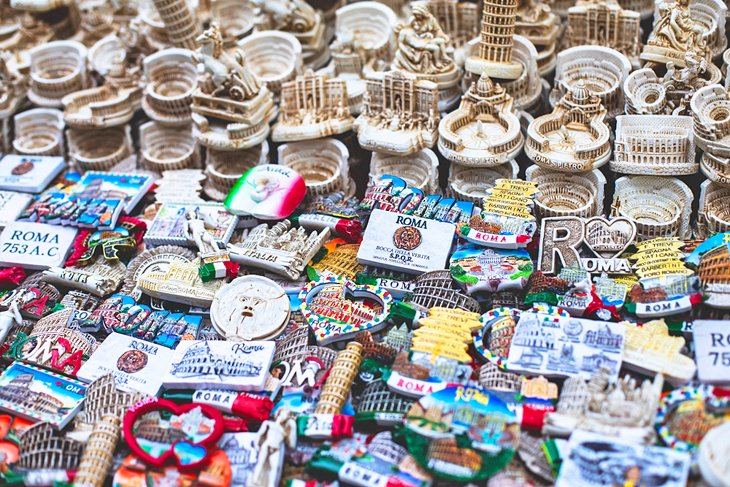
While you're in the Celia neighborhood, for souvenirs, look for I Love Roma on the Piazza del Colosseo near the Royal Art Café. Around the corner at Via di S. Giovanni in Laterano, you'll find Souvenir Colosseo, and in this neighborhood are boutiques, shops, and art galleries, as well as a Carrefours mini supermarket.
Going north into the Monti neighborhood, you'll find plenty of shops selling casual, designer, and vintage clothing, as well as accessories, souvenirs, foods, and handcrafted leather. For a chocolate fix, stop in Grezzo Raw Chocolate on Via Urbana; Monti's main commercial streets are Via Cavour and Via Nazionale.
Map of Palatine Hill, Rome: Top Attractions
More Related Articles on PlanetWare.com
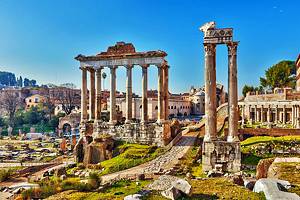
What to See in Rome: Planning your Rome itinerary may seem daunting at first. After you've visited the Roman Forum and the Colosseum, our handy guides to the top churches and the best museums and palaces will help you choose from among all the things to see and do in Rome.
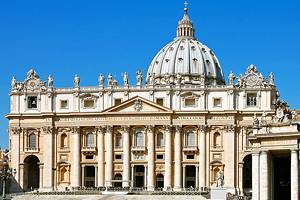
Planning Your Trip to Rome: If you are traveling with your family, you'll also want to know where to go in Rome with kids.
